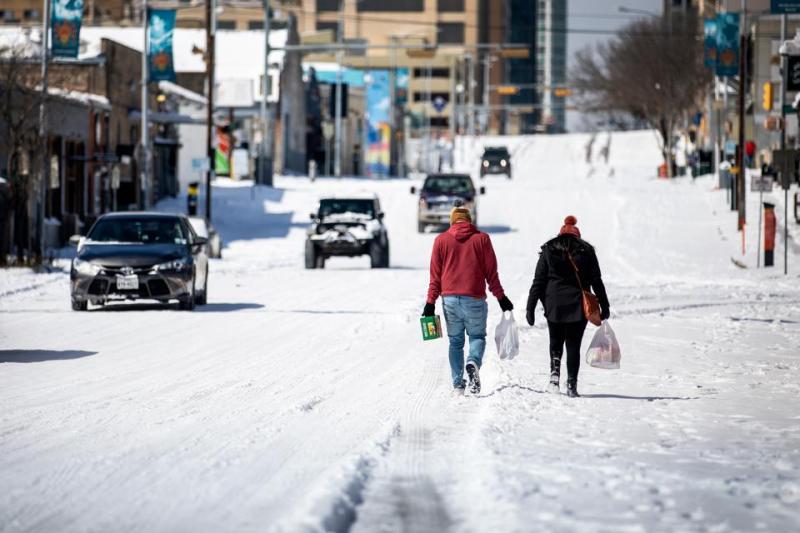

The study also found that "top-down misinformation from politicians, celebrities, and other prominent public figures", while accounting for a minority of the samples, captured a majority of the social media engagement. Īccording to a study published by the Reuters Institute for the Study of Journalism, most misinformation related to COVID-19 involves "various forms of reconfiguration, where existing and often true information is spun, twisted, recontextualised, or reworked" less misinformation "was completely fabricated". Preprints about COVID-19 have been extensively shared online and some data suggest that they have been used by the media almost 10 times more than preprints on other topics. Following objections, the paper was withdrawn. The most notable case was an unreviewed preprint paper uploaded to bioRxiv which claimed that the virus contained HIV "insertions". Some of these papers have contributed to the spread of conspiracy theories. Papers are uploaded to these servers without peer review or any other editorial process that ensures research quality. In an attempt to speed up research sharing, many researchers have turned to preprint servers such as arXiv, bioRxiv, medRxiv, and SSRN.

On 31 January, The Guardian listed seven instances of misinformation, adding the conspiracy theories about bioweapons and the link to 5G technology, and including varied false health advice. Examples at the time included false health advice shared on social media and private chats, as well as conspiracy theories such as the outbreak being planned with the participation of the Pirbright Institute. On 30 January 2020, the BBC reported on the developing issue of conspiracy theories and bad health advice regarding COVID-19. See also: Media coverage of the COVID-19 pandemic 8.9.3 Frontline COVID-19 Critical Care Alliance (FLCCC).8.9.2 High-profile retractions and misleading websites.
 8.9.1 Regulatory status and off-label use. 8.7 Traditional Chinese Medicine (TCM) prescriptions. 6.1 Efficacy of hand sanitizer, antibacterial soaps. 5.4.1 Xenophobic blaming by ethnicity and religion. 5.4 Resistance/susceptibility based on ethnicity. 4.7 Misrepresented World Population Project map. 4.3 Allegations of inflated death counts. 4.2 Misleading Johns Hopkins News-Letter article. 4.1 Chinese under-reporting during early 2020. 4 Misreporting of morbidity and mortality numbers. 2.10 American scientist selling virus to China. 2.1.3 Accidental release of collected sample. In addition to health effects, harms resulting from the spread of misinformation and endorsement of conspiracy theories include increasing distrust of news organizations and medical authorities as well as divisiveness and political fragmentation. Cognitive biases, such as jumping to conclusions and confirmation bias, may be linked to the occurrence of conspiracy beliefs. While belief in conspiracy theories is not a new phenomenon, in the context of the COVID-19 pandemic, this can lead to adverse health effects. The World Health Organization (WHO) declared an "infodemic" of incorrect information about the virus that poses risks to global health. Without evidence, some people have claimed the virus is a bioweapon accidentally or deliberately leaked from a laboratory, a population control scheme, the result of a spy operation, or the side effect of 5G upgrades to cellular networks. Several religious groups have claimed their faith will protect them from the virus. The spread of COVID-19 misinformation by governments has also been significant.Ĭommercial scams have claimed to offer at-home tests, supposed preventives, and "miracle" cures. Multiple countries have passed laws against "fake news", and thousands of people have been arrested for spreading COVID-19 misinformation. False information has been propagated by celebrities, politicians, and other prominent public figures. False information, including intentional disinformation, has been spread through social media, text messaging, and mass media. COVID-19 misinformation refers to any kind of subject about the COVID-19 pandemic that has resulted in misinformation and conspiracy theories about the scale of the pandemic and the origin, prevention, diagnosis, and treatment of the disease.
8.9.1 Regulatory status and off-label use. 8.7 Traditional Chinese Medicine (TCM) prescriptions. 6.1 Efficacy of hand sanitizer, antibacterial soaps. 5.4.1 Xenophobic blaming by ethnicity and religion. 5.4 Resistance/susceptibility based on ethnicity. 4.7 Misrepresented World Population Project map. 4.3 Allegations of inflated death counts. 4.2 Misleading Johns Hopkins News-Letter article. 4.1 Chinese under-reporting during early 2020. 4 Misreporting of morbidity and mortality numbers. 2.10 American scientist selling virus to China. 2.1.3 Accidental release of collected sample. In addition to health effects, harms resulting from the spread of misinformation and endorsement of conspiracy theories include increasing distrust of news organizations and medical authorities as well as divisiveness and political fragmentation. Cognitive biases, such as jumping to conclusions and confirmation bias, may be linked to the occurrence of conspiracy beliefs. While belief in conspiracy theories is not a new phenomenon, in the context of the COVID-19 pandemic, this can lead to adverse health effects. The World Health Organization (WHO) declared an "infodemic" of incorrect information about the virus that poses risks to global health. Without evidence, some people have claimed the virus is a bioweapon accidentally or deliberately leaked from a laboratory, a population control scheme, the result of a spy operation, or the side effect of 5G upgrades to cellular networks. Several religious groups have claimed their faith will protect them from the virus. The spread of COVID-19 misinformation by governments has also been significant.Ĭommercial scams have claimed to offer at-home tests, supposed preventives, and "miracle" cures. Multiple countries have passed laws against "fake news", and thousands of people have been arrested for spreading COVID-19 misinformation. False information has been propagated by celebrities, politicians, and other prominent public figures. False information, including intentional disinformation, has been spread through social media, text messaging, and mass media. COVID-19 misinformation refers to any kind of subject about the COVID-19 pandemic that has resulted in misinformation and conspiracy theories about the scale of the pandemic and the origin, prevention, diagnosis, and treatment of the disease.







 0 kommentar(er)
0 kommentar(er)
